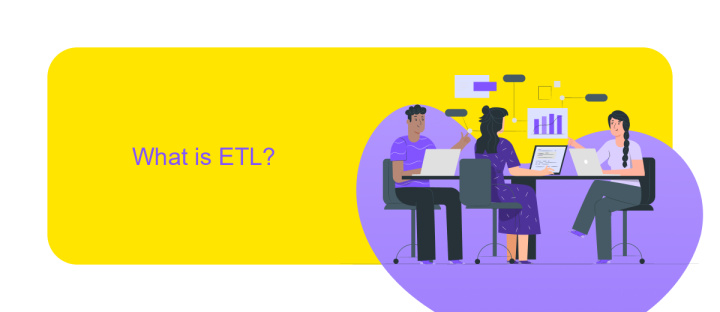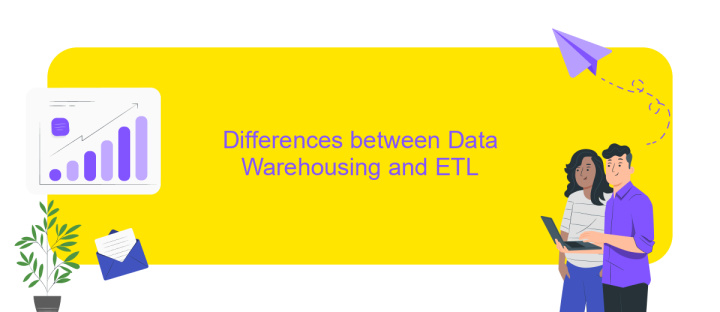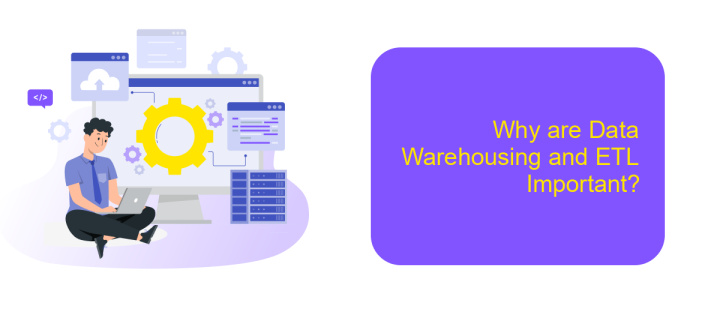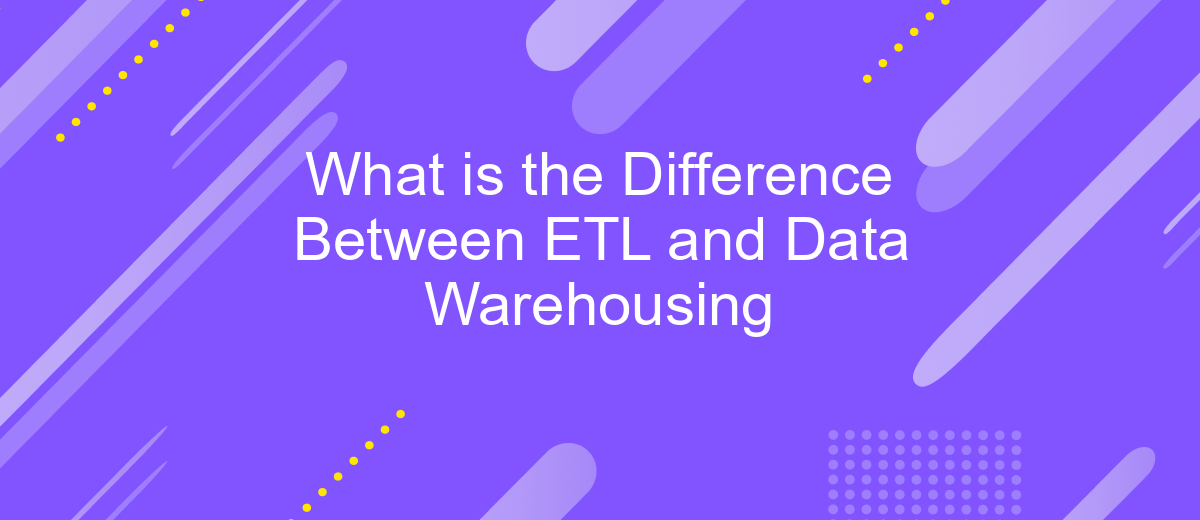What is the Difference Between ETL and Data Warehousing
In the realm of data management, understanding the distinction between ETL (Extract, Transform, Load) processes and data warehousing is crucial. While both are integral to handling large volumes of data, they serve different purposes. This article delves into the key differences between ETL and data warehousing, highlighting their unique roles in the data lifecycle.
What is Data Warehousing?
Data warehousing is a process that involves the collection, storage, and management of large volumes of data from various sources to support business decision-making. This centralized repository allows organizations to consolidate their data, making it easier to analyze and generate insights.
- Centralized Data Storage: Data warehouses store data from multiple sources in a single, unified location.
- Improved Data Quality: The process often includes data cleaning to ensure accuracy and consistency.
- Enhanced Query Performance: Optimized for complex queries and large datasets, data warehouses provide faster response times.
- Historical Data Analysis: They store historical data, enabling trend analysis and long-term business planning.
Effective data warehousing often requires integrating data from various applications and platforms. Services like ApiX-Drive can facilitate this by automating data transfer and synchronization between different systems. By leveraging such tools, businesses can ensure their data warehouse is continuously updated, providing real-time insights and supporting more informed decision-making.
What is ETL?

ETL stands for Extract, Transform, Load, and it is a crucial process in data management and integration. The process begins with extracting data from various sources, such as databases, APIs, or flat files. This data is then transformed into a suitable format or structure, which may involve cleaning, aggregating, or enriching the data to meet specific requirements. Finally, the transformed data is loaded into a target system, such as a data warehouse, where it can be used for analysis and reporting.
ETL processes are essential for ensuring that data is accurate, consistent, and ready for use in business intelligence and analytics. Tools like ApiX-Drive can simplify the ETL process by providing automated data integration services, allowing businesses to connect multiple data sources and streamline their workflows. By leveraging such tools, organizations can save time and resources, enabling them to focus on deriving insights and making data-driven decisions.
Differences between Data Warehousing and ETL

Data Warehousing and ETL are two fundamental concepts in the field of data management, but they serve different purposes. Data Warehousing is the process of collecting and managing data from various sources to provide meaningful business insights. ETL, which stands for Extract, Transform, Load, is a process used to extract data from different sources, transform it into a suitable format, and load it into a database or data warehouse.
- Purpose: Data Warehousing focuses on storing and managing large volumes of data, while ETL is concerned with the process of moving and transforming data.
- Functionality: Data Warehousing provides a centralized repository for data analysis, whereas ETL is a toolset for data integration and preparation.
- Implementation: Data Warehousing involves the use of databases and storage systems, while ETL involves data extraction tools and transformation processes. Services like ApiX-Drive can simplify ETL by automating data integration between various platforms.
- Outcome: Data Warehousing results in a structured data repository, while ETL results in cleaned and transformed data ready for analysis.
In summary, while Data Warehousing and ETL are interrelated, they are distinct in their roles. Data Warehousing provides the infrastructure for data storage and analysis, whereas ETL focuses on the processes that prepare data for storage and analysis.
Why are Data Warehousing and ETL Important?

Data warehousing and ETL (Extract, Transform, Load) processes are critical components in the realm of data management and analytics. They enable organizations to consolidate vast amounts of data from diverse sources into a single repository, facilitating comprehensive analysis and decision-making.
ETL processes ensure that data is accurately extracted from various sources, transformed into a consistent format, and loaded into the data warehouse. This not only enhances data quality but also ensures that the data is readily accessible and usable for business intelligence and reporting purposes.
- Improved data quality and consistency
- Enhanced decision-making capabilities
- Streamlined data integration from multiple sources
- Increased efficiency in data processing
Incorporating tools like ApiX-Drive can significantly streamline the ETL process by automating data integration from various sources, reducing manual effort, and minimizing errors. This allows businesses to focus more on analyzing data and deriving actionable insights rather than getting bogged down by the complexities of data management.
Using Data Warehousing and ETL Together
Using data warehousing and ETL together allows organizations to efficiently manage and analyze large volumes of data. ETL (Extract, Transform, Load) processes are essential for extracting data from various sources, transforming it into a consistent format, and loading it into a data warehouse. This integration ensures that the data stored in the warehouse is accurate, up-to-date, and ready for analysis. By combining ETL with data warehousing, businesses can gain valuable insights, improve decision-making, and streamline their operations.
Moreover, modern tools like ApiX-Drive facilitate the integration and automation of ETL processes, making it easier for companies to handle their data workflows. ApiX-Drive provides a user-friendly platform that allows seamless data transfers between different systems without the need for extensive coding. This ensures that data is consistently synchronized and readily available for analysis in the data warehouse. By leveraging such tools, organizations can enhance their data management capabilities and focus on deriving actionable insights from their data.
FAQ
What is ETL?
How does a data warehouse differ from a traditional database?
Can ETL processes be automated?
Why is ETL important for data warehousing?
What are some common challenges in ETL processes?
Time is the most valuable resource for business today. Almost half of it is wasted on routine tasks. Your employees are constantly forced to perform monotonous tasks that are difficult to classify as important and specialized. You can leave everything as it is by hiring additional employees, or you can automate most of the business processes using the ApiX-Drive online connector to get rid of unnecessary time and money expenses once and for all. The choice is yours!

